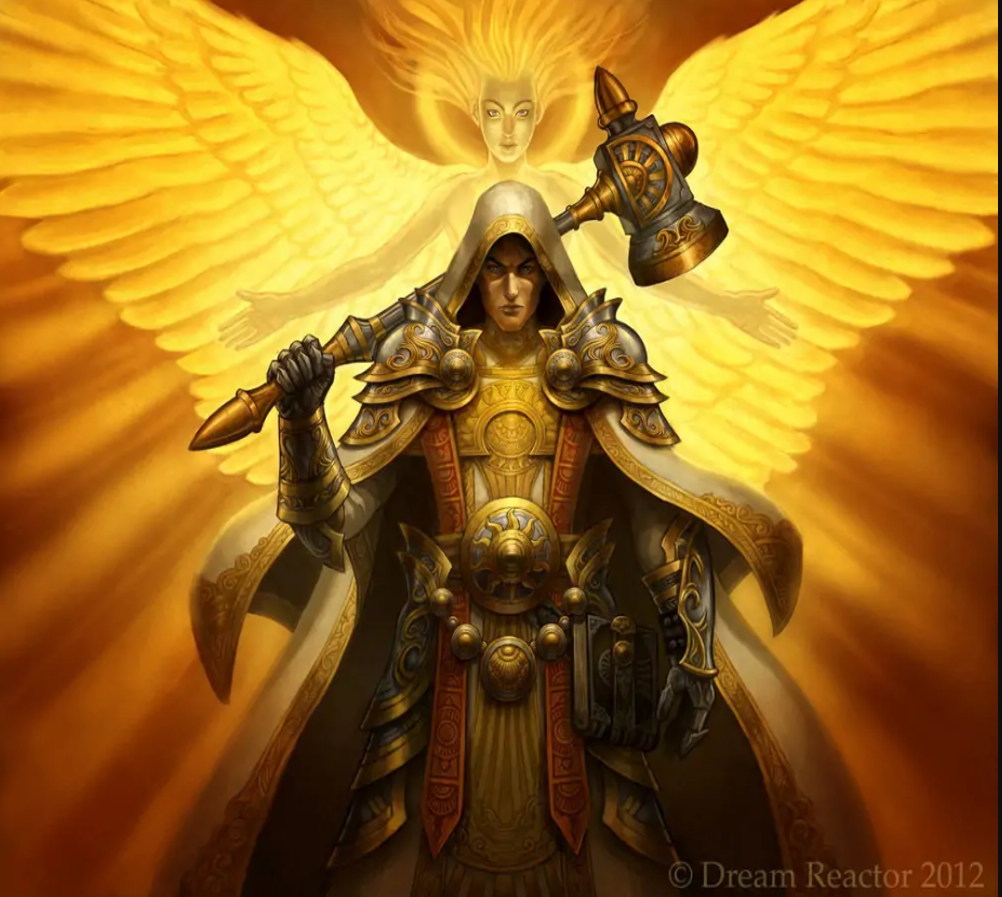
There’s a lot of great types of creatures to be played in D&D. Some of the most of imaginative have wings. Kenku (Volo’s Guide to Monsters) and Arakocra (Elemental Evil Player’s Companion) were opened up early in 5E as playable races. But, as with many things in 5E, Wizards leaves a great deal of details in the hands of the DM. Some like it, some hate it. Either way, this is the simple way of the new edition. The details are in the minds and hands of the individual DM.
That being said, there’s a lot of flavor with these options, both in personality and combat options. But there’s not a lot of information concerning the spiritual beliefs of these avian races not the gods they worship. Of course, there are hints in the write-up that point to the Wind Dukes of Aqaa (for both) although it seems that the Kenku may have betrayed those powers long ago. An Arakocra cleric or paladin of the Wind Dukes would be appropriate. But what if I told you that before the days of Wizards of the Coast there were winged gods, ancient and primordial? There were powers worthy of worship of the winged and deities worth following.
What follows are the forgotten gods of the skies.
During the dawn of Faerun, one of the creator races to settle it were the Aearee races. I say races because they came in a myriad of types; most of which are not written about in detail. The Kenku and the Aarakocra are, of course mentioned. But the Aarakocra that we have now are a generalized peoples allowing the DM and players to use their imaginations as to what look the avian has. At one time, along with the Aearee-Krocaaa (which reminds me of Aarakocra) were the Aearee-Syran and the Aeree-Quor.
This differentiates the three nicely and makes more sense as we breakdown the different dieties.

KROCAA, Crimson Feather (Dragon Magazine #124)
Lesser Power; NG
Written up in DRAGON #124 (1987), Krocaa is touted as the creator and only god of the Aarakocra who fashioned them as evolved eagles. He himself had the visage of the eagle with golden wings and deep scarlet head plumage lending to his godly symbol of the red feather. He is directly connected to the elemental plane of air and is obviously worshiped by the Aarakocra (Aearee-Krocaa of Faerun) as ‘all-father’ of their race.
Clerics and Paladins are obvious, but a ranger worshiper of Krocaa would make sense; seeing that one of Crimson Feather’s domains is hunting.
Portfolio: Hunting, Aarakocras, defense, combat

Syranita, Morning Feather (Monster Mythology)
Lesser god
Elevated to become the creator and All-mother protector of the Aarakocra in Monster Mythology (1992) she supplanted Krocaa who became only her mate and inferior to her. As the myth goes, she raised him to godhood so she could abide with her love forever. As with all myths, any or all of the myriad of stories told about these gods may have a smidgen of truth in them. And having one god or goddess supplant the other in importance is par for the course.
Syanita’s avatar form appears as with silver skin and pink-gold feathers. She is active in appearing in this form to even change the weather to aid her worshipers as well as give omens and warnings to her preists as ‘wind-borne debris’ (a kind of divination akin to anemomancy).
She is an educator and uniting factor among the gods even outside the normal good air gods; becoming one of the few non-aquatic gods to align with Deep Sashealas and the asathalfinare alliance.
I could see an Aarakocra devotee fashioned more like a parrot or peacock than an eagle. A cleric of Syranita would be graceful and powerful in the healing art. A bard with more of a talent for the written word and an educator would be appropriate.
Portfolio: Aarakocras, education, protection, watchfulness
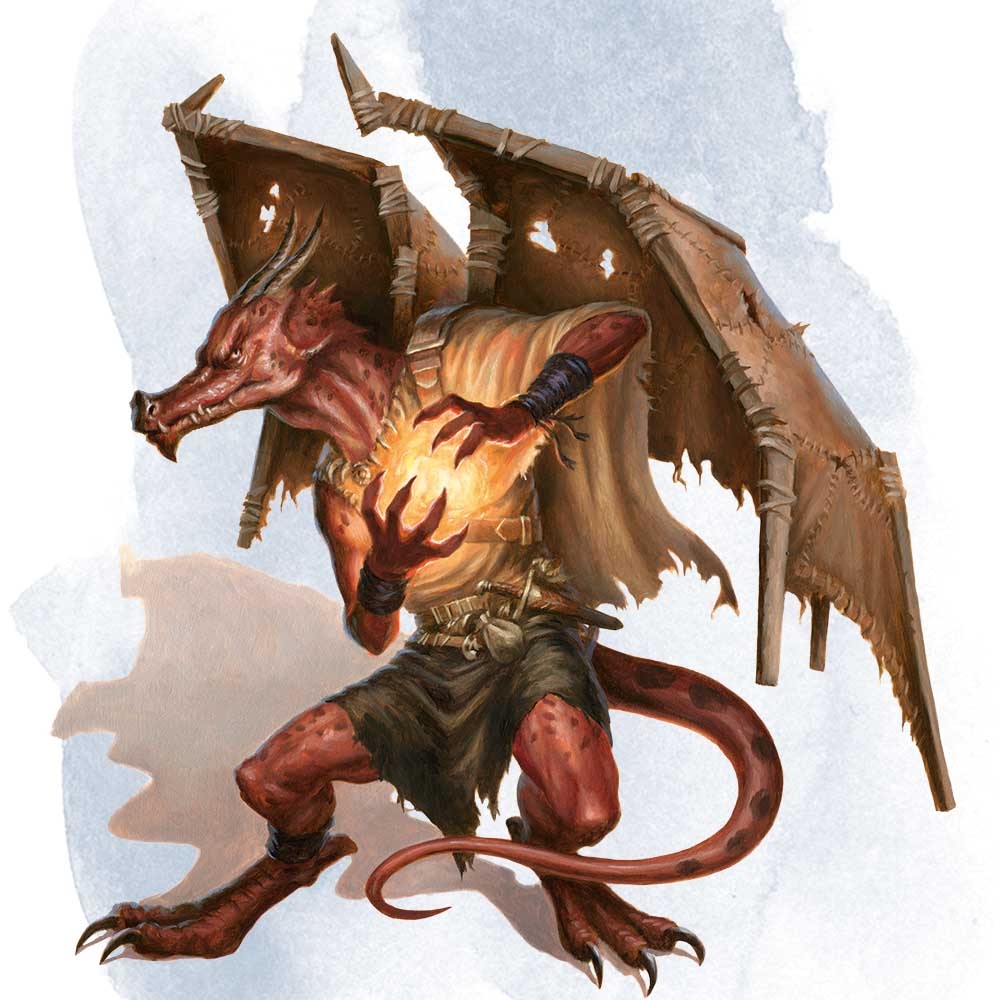
Kuraulyek, Patron god of the Urds (Monster Mythology)
There’s an interesting myth about the creation of the URDS aka winged kobolds. Kuraulyek, a servant of the Kobold god, Kurtulmak, took a pair of wings stolen from Syranita by his master. With them, he granted flight to his kobold rebels. I’ve heard that she regained them over time, but imagine what could be done to steal them back as an epic adventure.
It would be hard to run a pc who thinks very much of this god; especially since most, if not all, of his worshipers are URDS. But, to be honest, it would be interesting to run an Urd character; a cleric or ex-cleric of Kuraulek or maybe a warlock struggling with his cowardly, abusive patron. OR you could play the lesser of two evils. Make the ‘big bad’ of your campaign the Kobold god, Kurtulmak. Any follower of Kuraulyek, especially the shamans, no matter how ‘evil’, will come to the aid of any who fight Kurtulmak.
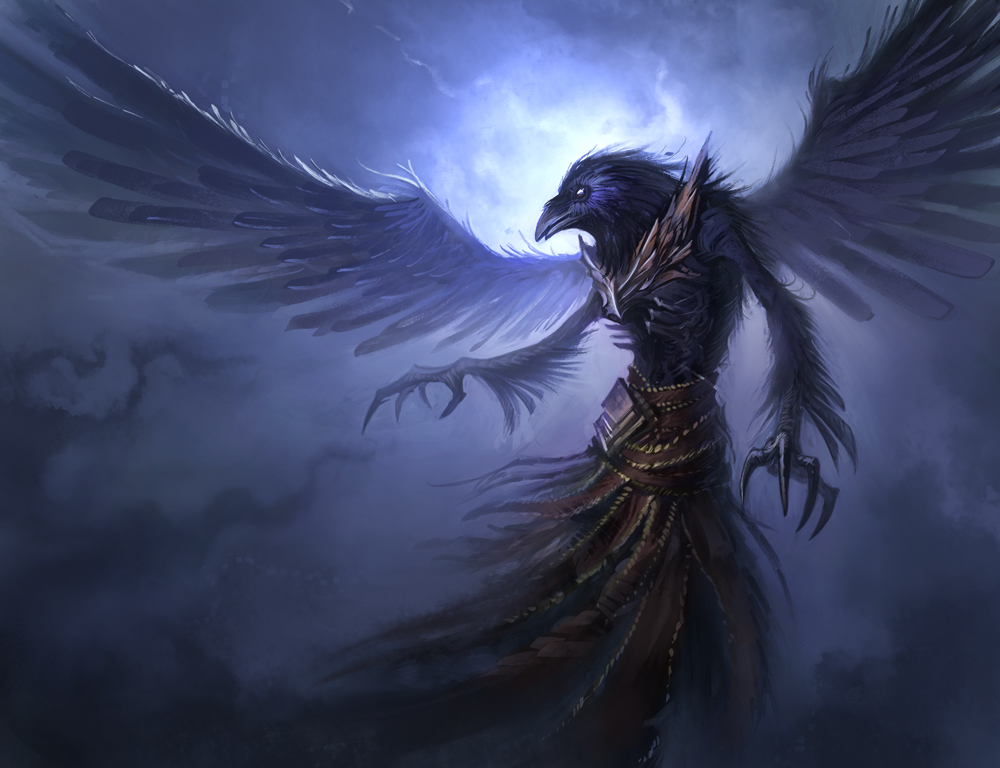
Quorlinn, god of the Kenkus? (Monster Mythology)
Lesser god
As if the Kenku aren’t complicated enough to understand, their current fate may have something to do with a creation story lost to D&D lore. Apparently, Quorlinn was a botched experiment by a god who wishes to remain anonymous. But it goes farther. An unnamed god creates Quorlinn and regrets it. Quorlinn through hook and crook proves himself. Relenting, this god created a whole race in Quorlinn’s image (the Kenku). Well, this didn’t make the fledgling god too happy as he didn’t want the work of being the overseer of a whole race of beings and he goes through the process kicking and screaming the whole way. He too feels bad about this and teaches the KENKU thievery, disguise and ‘magical skills’ (not sure what that actually means). He does all of this hoping they will become independent. Well, you know the rest of the story. Instead of learning to become better than their progenitor, they, instead, like most children, rose to occasion just like him.
Quorlinn is a fickle, complaining god being but not evil. His clerics may have to whine and whine to get their spells. But this goes a long way to explain why the Kenku are the way they are. This gives a lot of leeway in character development. Kenku makes a sensational rogue with their shifty nature and mimic ability. But a cleric of Quorlinn is not out of the question. What would make more sense even is a Kenku warlock with the Raven godling, Quorlinn, as its patron. I believe it would be much like Jester and The Traveler from critical role; just as flighty with an even more questionable motive. It would make for some great roleplay.
Portfolio: Trickery, deceit, thieves, Kenku and disguise
As I stated before, I think it’s interesting that three types of Aeree races are mentioned in the early history of Faerun have suffixes like Krocaaa, Syran and Quor. This could totally lend to a pantheon trinity of Krokaa, Syranita and Quorlinn. But look up some of these and let us know what you do with them.

Remnis, Great Lord of the Eagles (Monster Mythology)
Lesser Diety
If the above three doesn’t strike your fancy, Remnis, although relegated to ‘Giant Eagles’, could make a great god or patron for an Aarakocran cleric, paladin or warlock even. It is not unusual seeing that the Aarakocra of the North in Faerun payed homage to him as well as djinn. It would be a great choice for a warrior who believes that the skies are free and, much like the eagle lord, remains vigilant and ready to render service where it is needed; sort of a wandering knight doing good deeds.
The deity himself awaits in his perch high above Olympus awaiting the call to action. He is not above, however, serving other deities as a mount. A follower of Remnis should be of good alignment, probably neutral. No matter what class, however, the character, whether npc or pc, should be a valiant warrior ready at all times to protect others.
Portfolio: Giant Eagles, sky, service
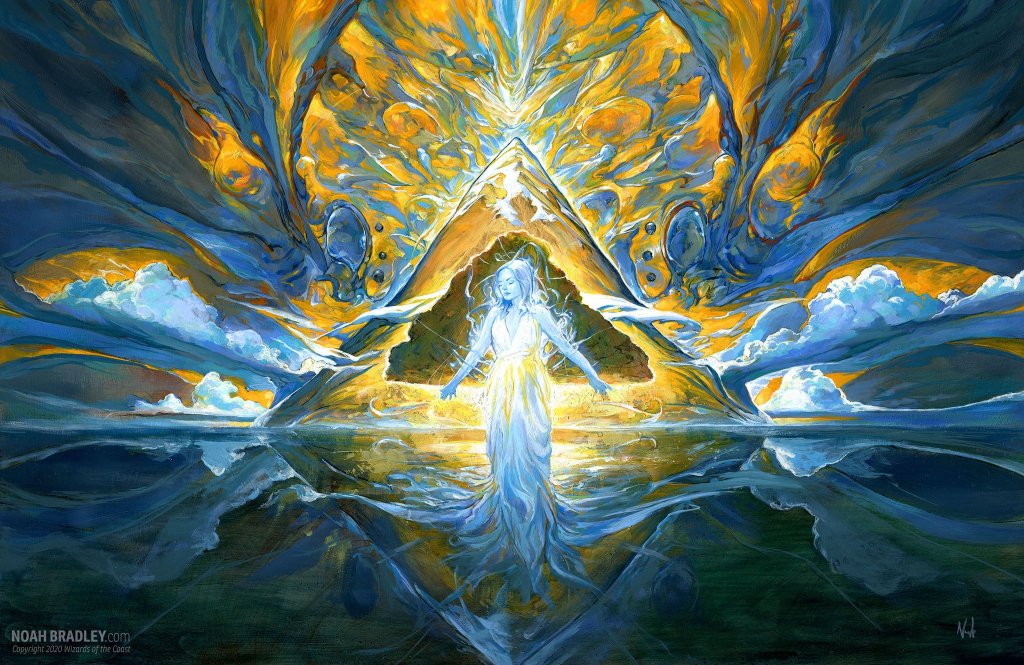
Stillsong, song incarnate (Monster Mythology)
This deity concept is the strangest of all which makes it both the hardest to work into a campaign setting and the most creative idea to face an adventure. As a celestial creature of purest song, nothing much is known about it. Associated with moondogs and delphons, it’s workings are as much mysterious as they are its own. Those that do know this power’s purpose keep it to themselves; secret from even the priests of Stillsong.
What is known is the effects of its song and the occasion of its appearance. Manifesting as a 40-foot diameter sphere of song, it comes apparently to protect good and strike fear in evil. Stillsong can also go as far as to stop time or cast a holy word. It cannot be affected by charming or elemental spells and takes no damage from physical attacks being incorporeal. It comes usually to pacify a volatile situation but never to make any attack, although it does bring hope and peace to those in battle against evil.
Whether you character is a cleric or paladin doesn’t matter. If it pays its respect to Stillsong, it is full of song and harmony. Your cleric sings his spells. Your paladin brings justice whistling a tune. Any magical class, including Warlock, will be attune the harmony of the spheres and be almost an artist in how they perform their incantations. But, the best choice, by far, is the bard. Already centering on a talent of voice and music, a bard graduating from the College of Stillsong will bring evil to an abrupt hault, raise the hope of all good creatures and dauntless protection to the weak and innocent. All that and figuring out (maybe) what Stillsong is about in the multiverse. Great storytelling possibilities.
A cleric of Syanita? A paladin of Krokaa? OR maybe a warlock with a patron of Quorlinn? A bard of Stillsong? Sky’s the limit, D&Ders!



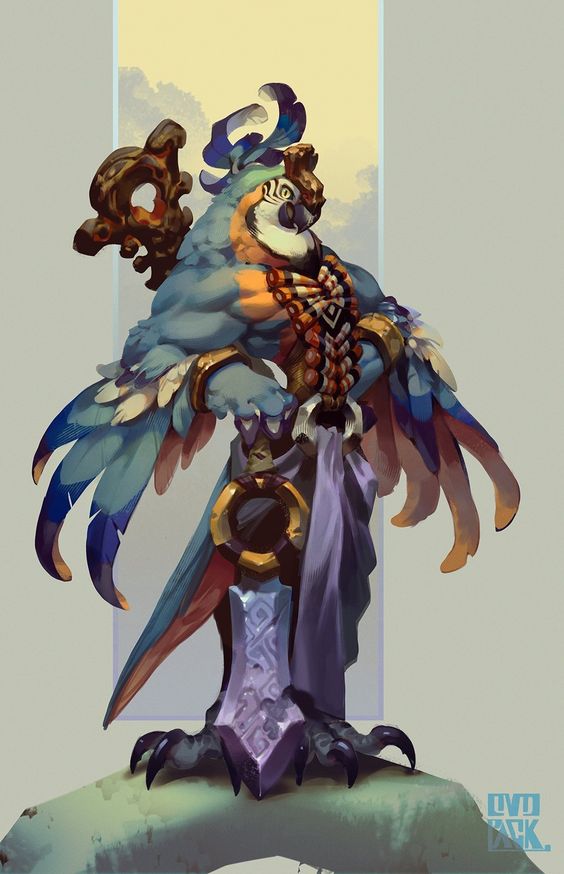
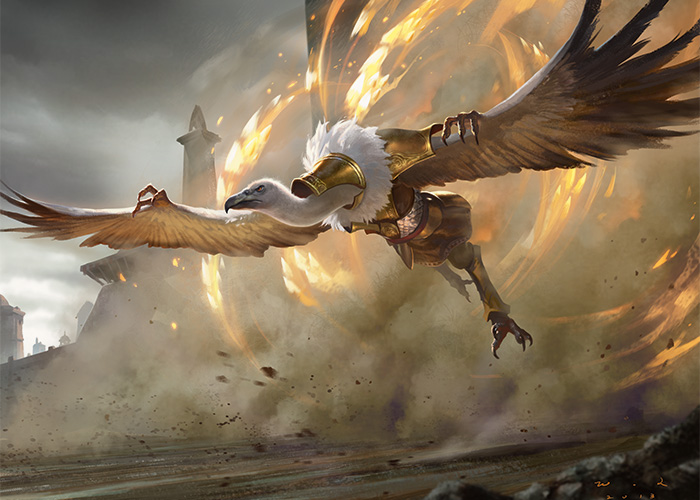






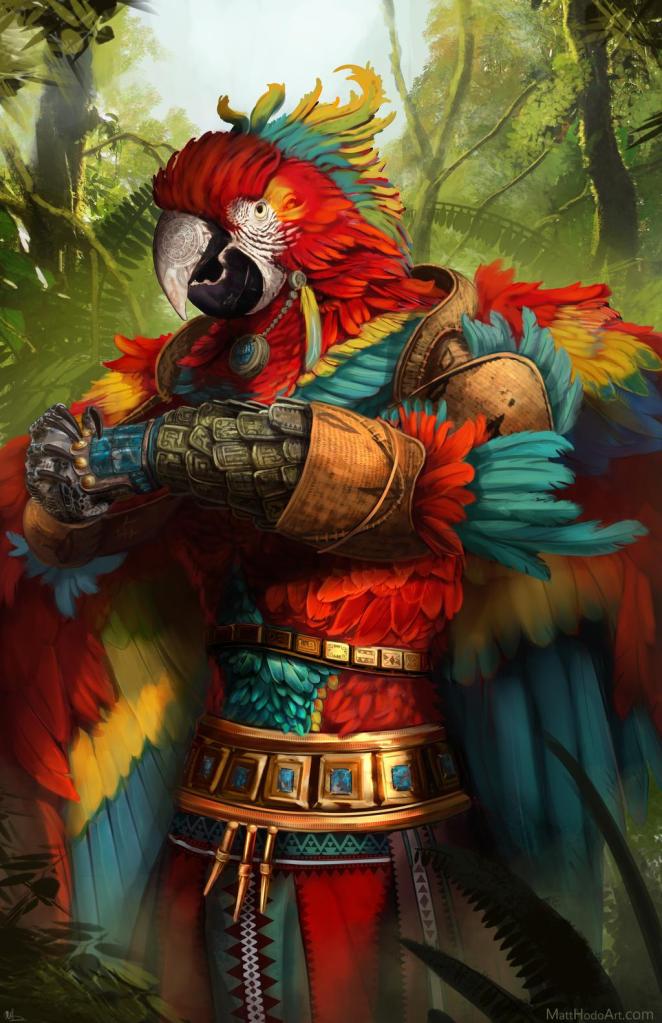
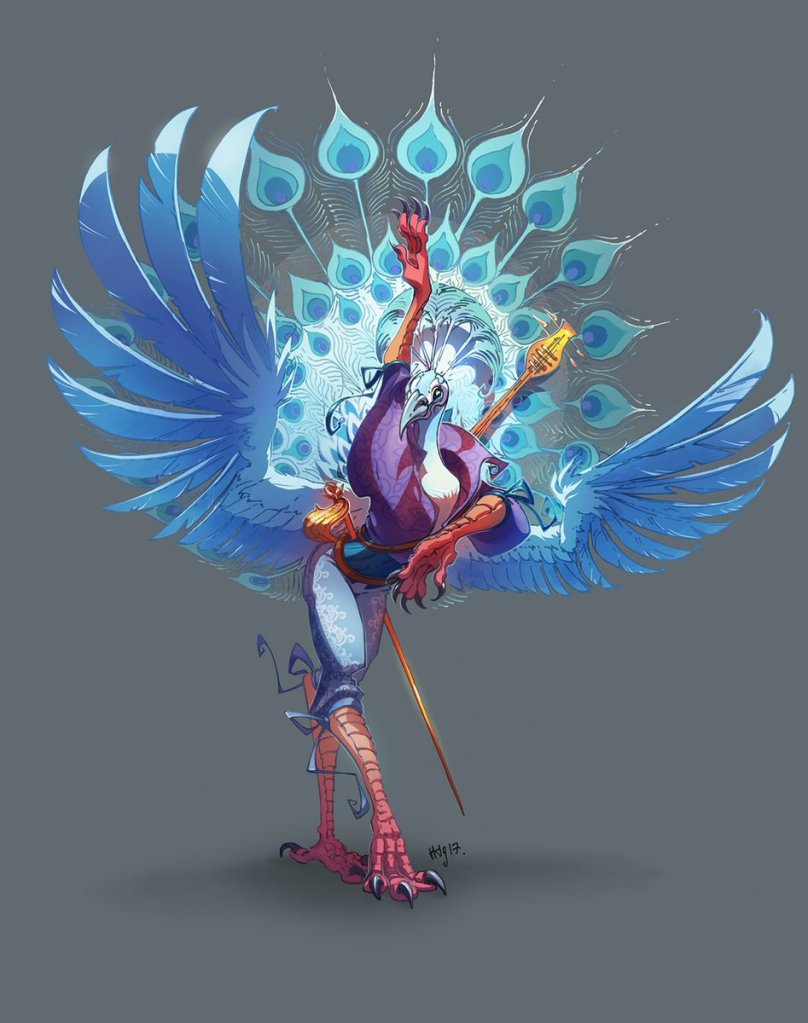
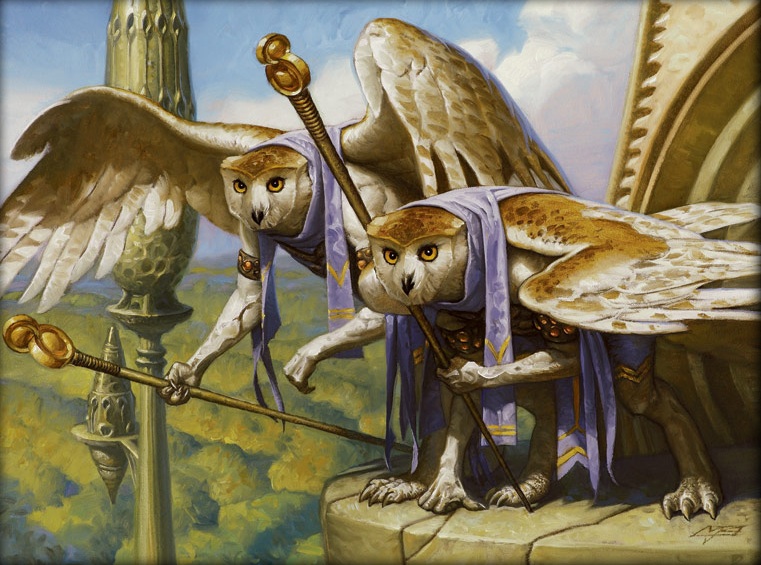

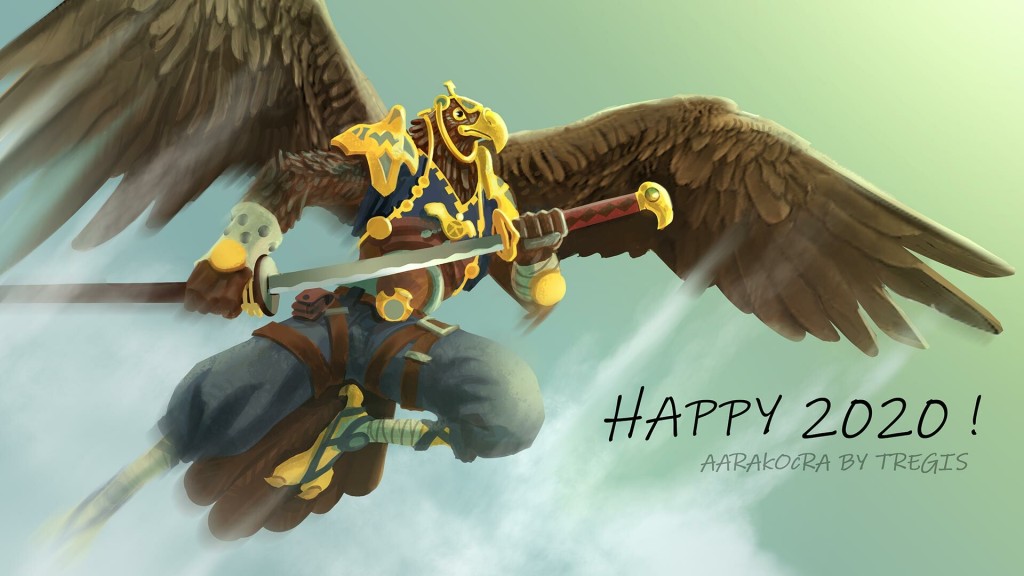
One thought on “Forgotten gods of the skies”